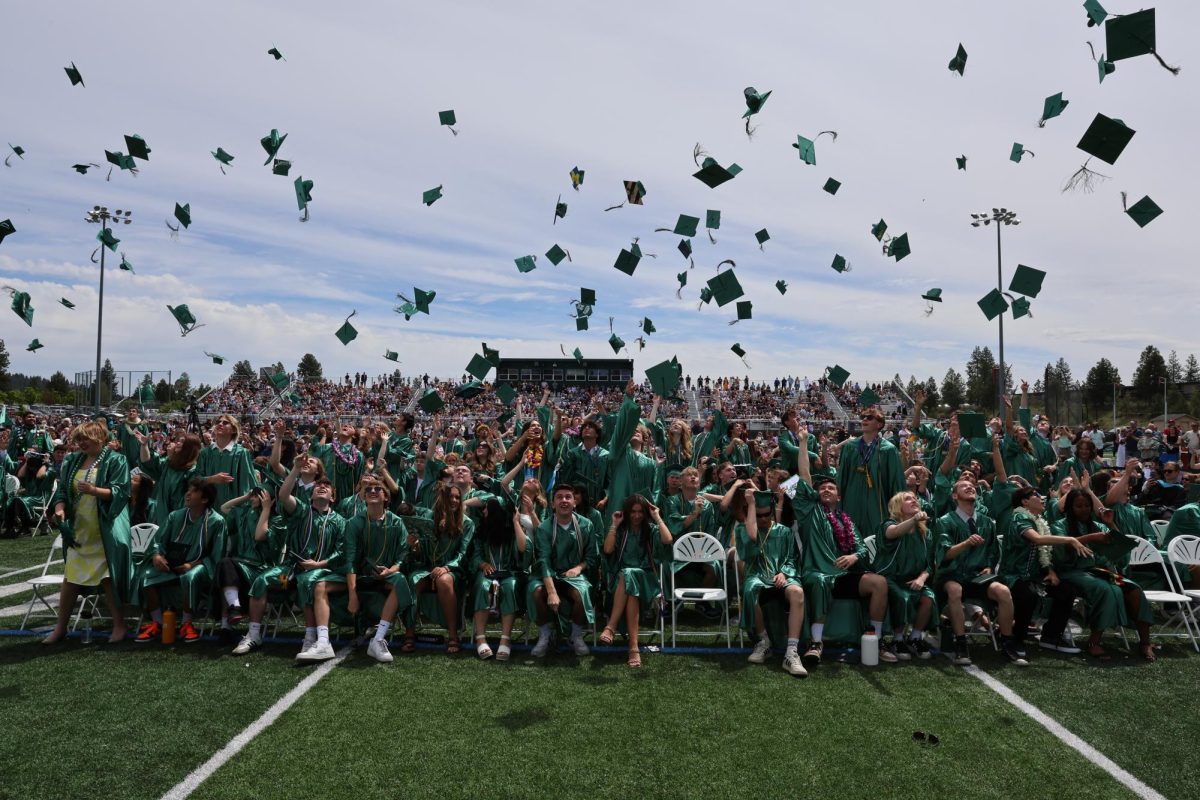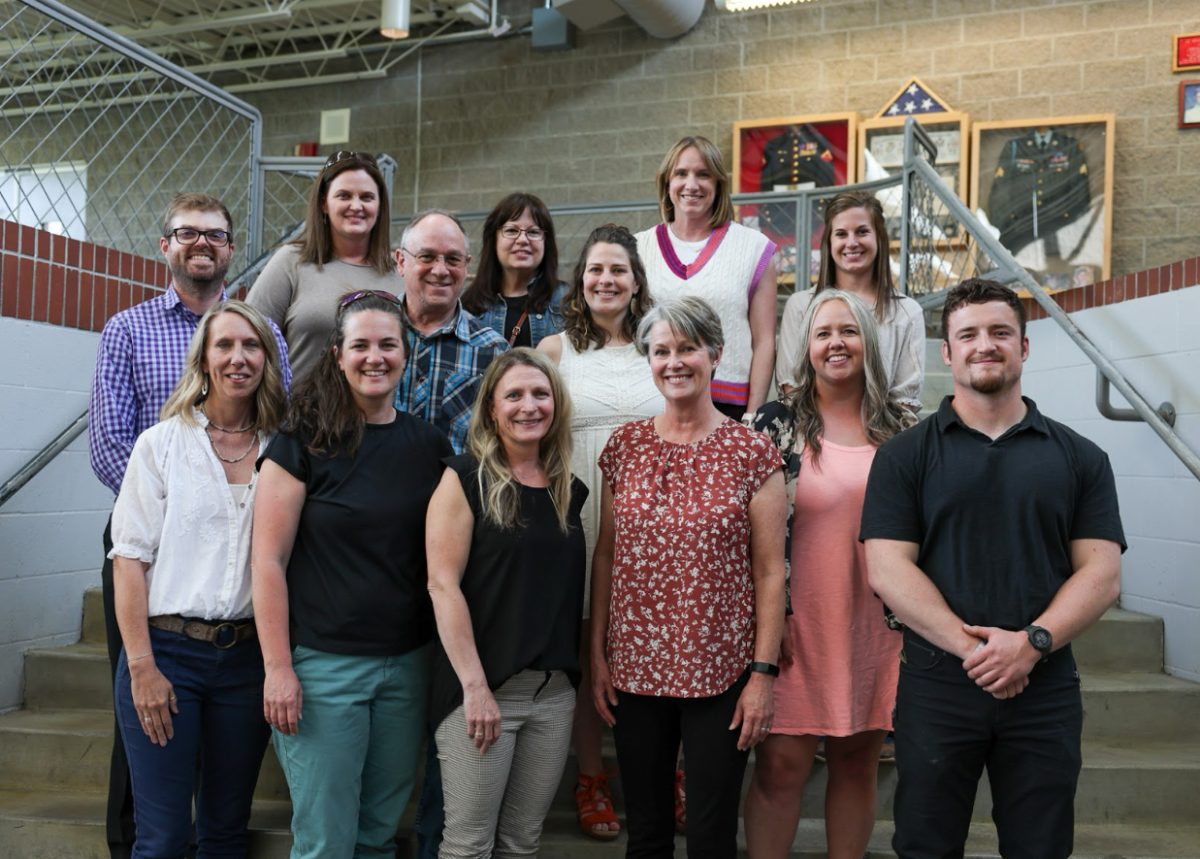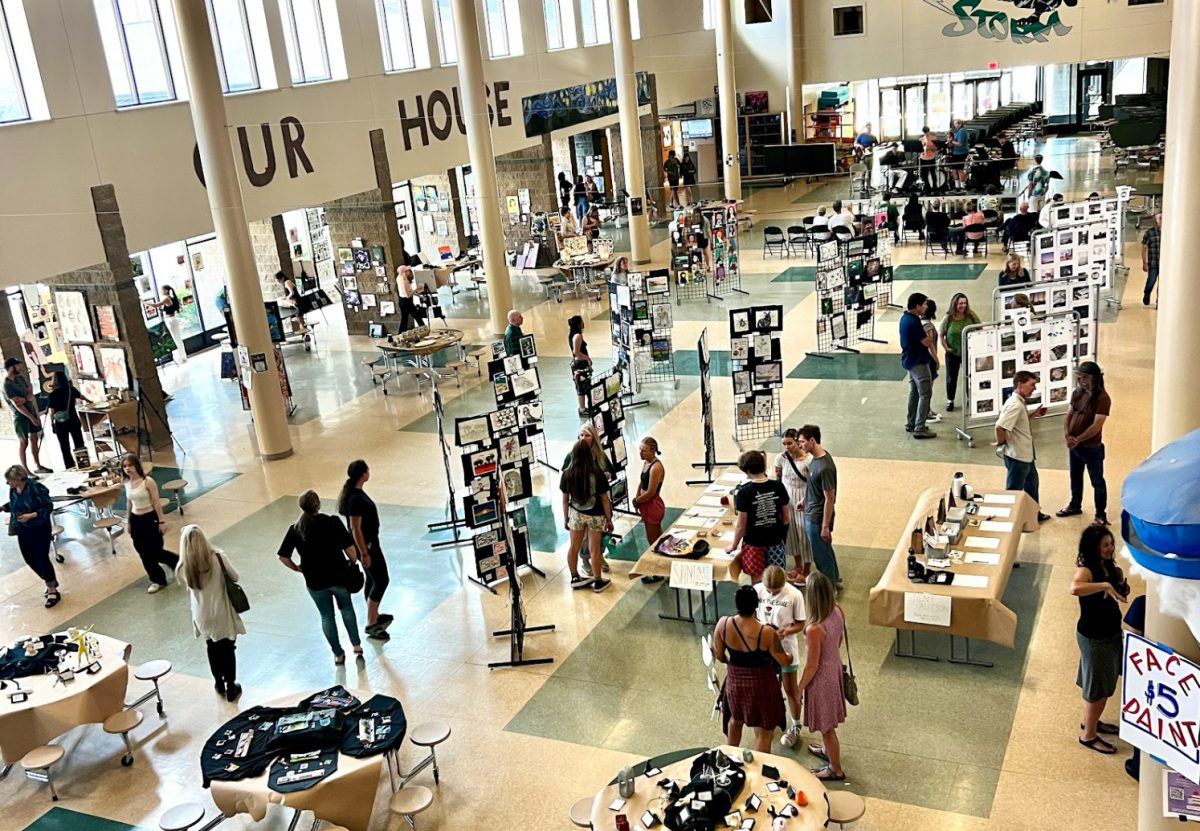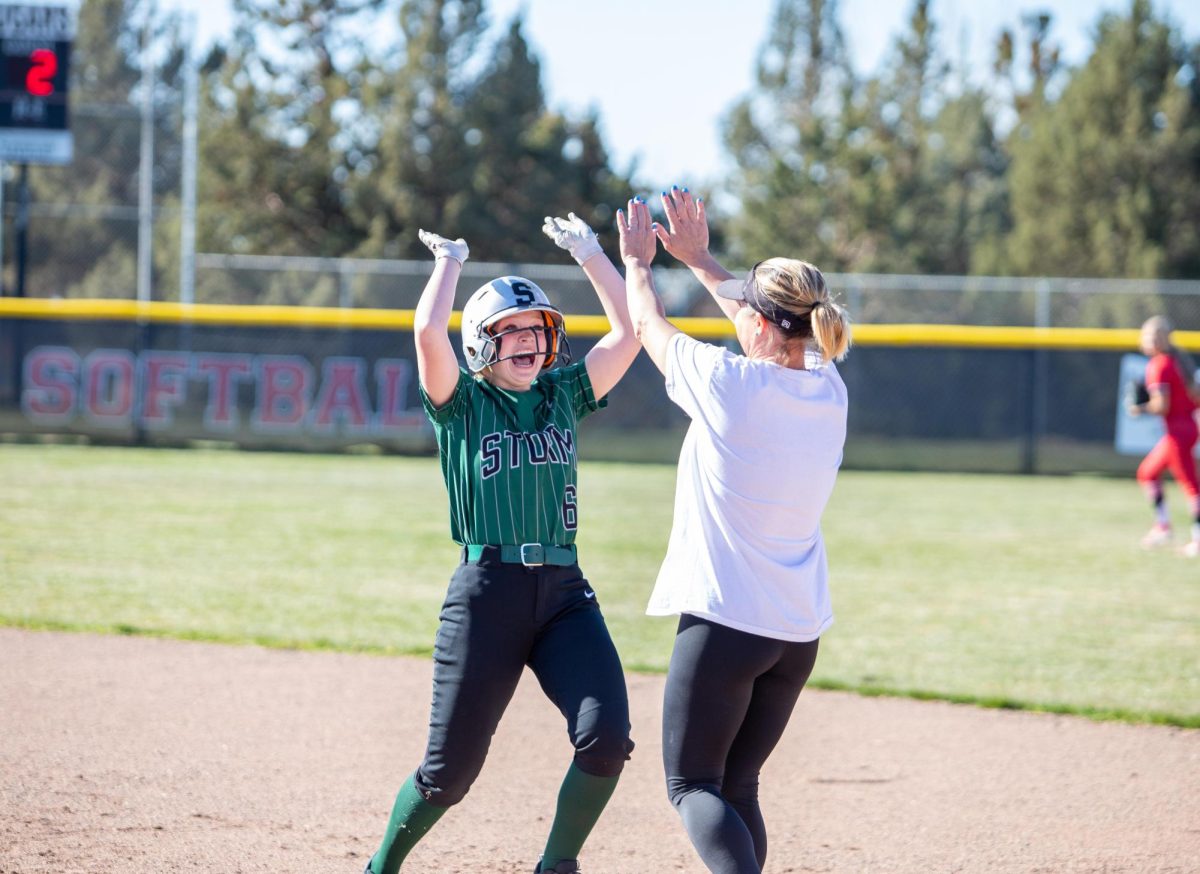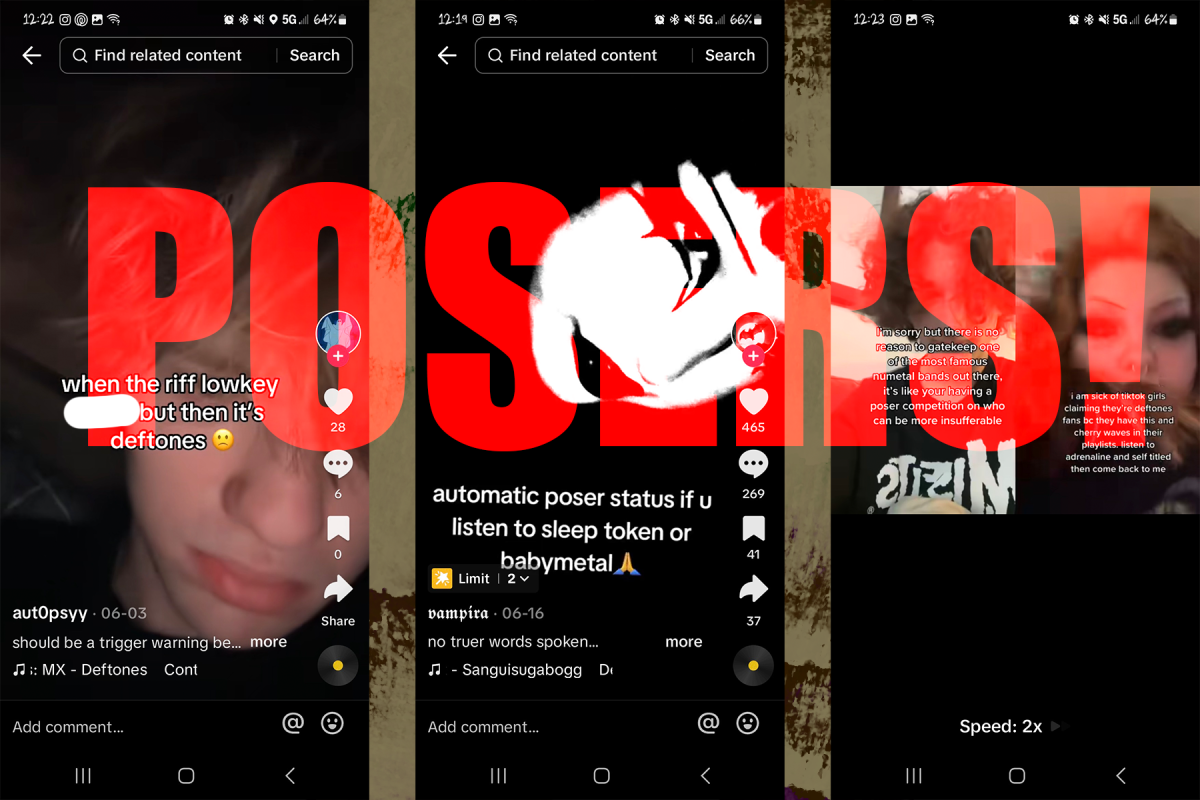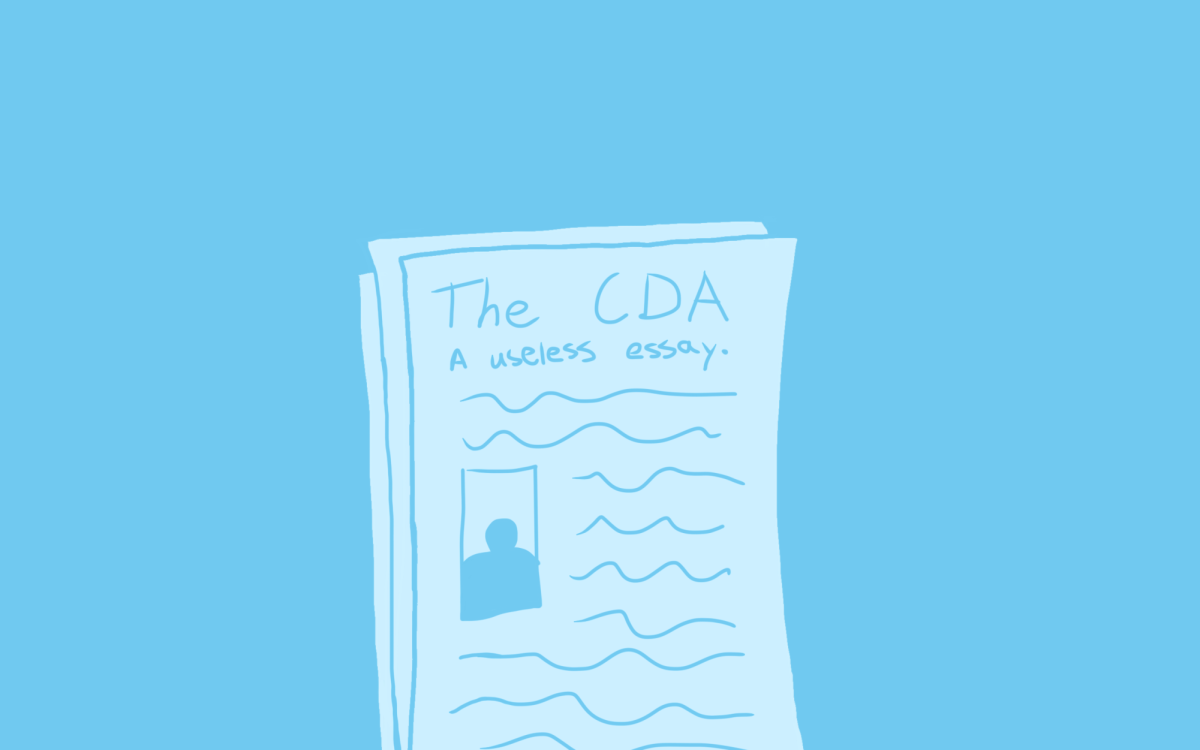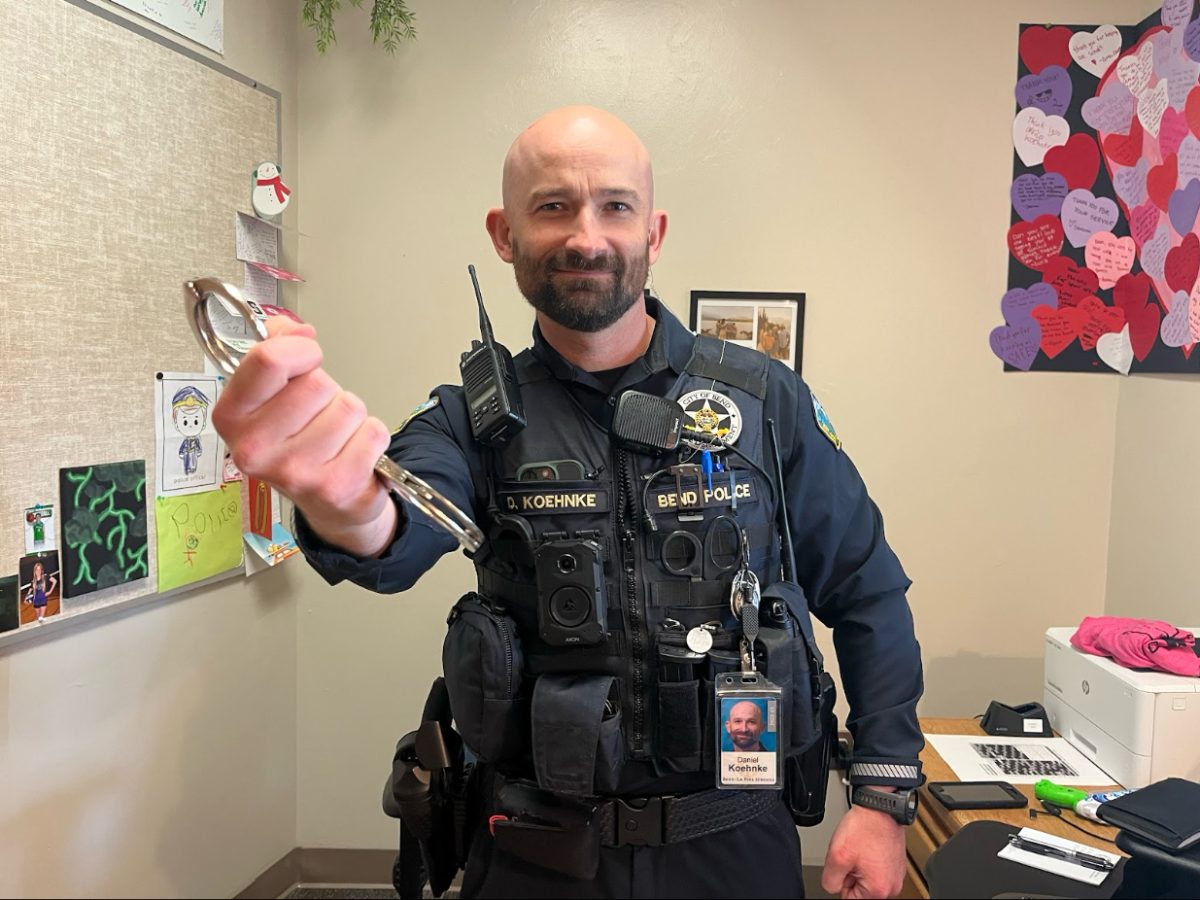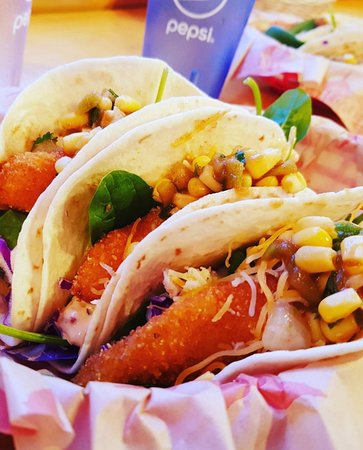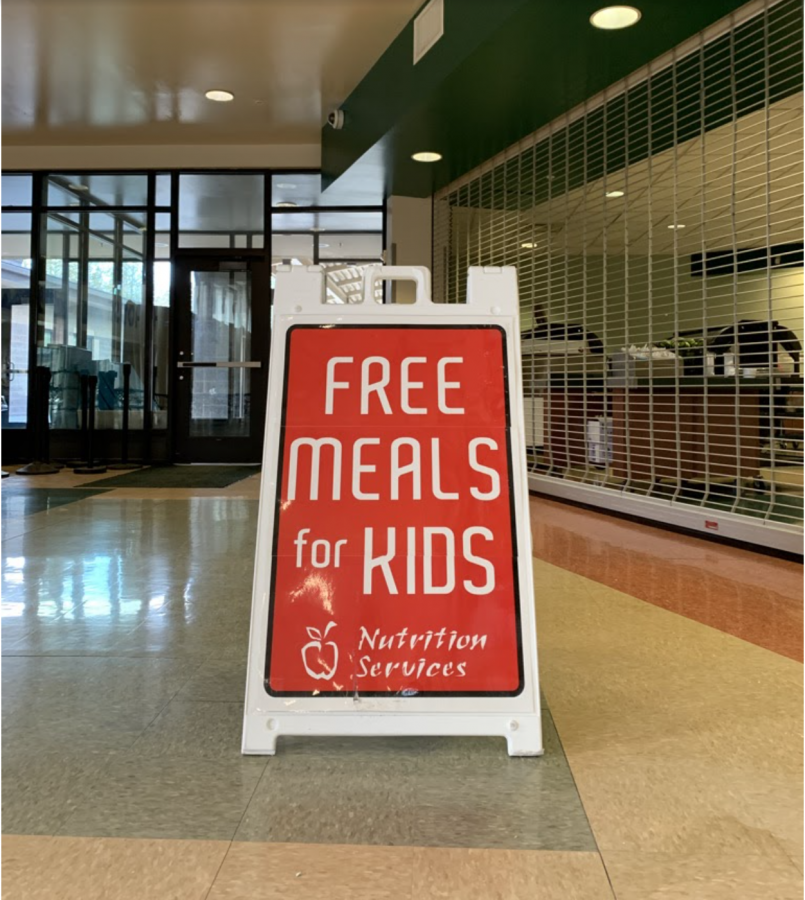Subject to Change
How the COVID pandemic has affected the school meal program.
December 16, 2021
In order to prepare hundreds of meals for the students at Summit High school, head of the lunch staff Michelle Anderson and her coworkers often arrive as early as 5:00 in the morning. Since the initial COVID lockdown in March of 2020, Anderson and her staff have been providing free meals for students year-round.
“Before COVID, I was down probably about 200 students. Now, this year, especially, it’s bumped up. Lunches now are at about 410, 420. We’re very excited,” said Anderson. “Now we’re seeing all kinds of people.”
With this change, however, cafeteria workers often have to deal with the last minute delays on food supply, meaning impromptu changes to the menu. This hyperinflation of lunch demand pushes staff to their limit.
“We can’t get juice. Chicken is hard to come by, so are certain menu items, and we just never know when it’s going to happen.” said Anderson. “And it’s exciting and you know, and you’re like, ‘Oh, I’m gonna run out of food.’”
“I don’t want to throw a lot of food away, which honestly, I really haven’t had to do this year. It’s been awesome.”
Anderson believes this supply issue is due to the shortages in labor and goods happening all over the nation, with an increasing demand for food and a decreasing amount of workers to provide it.
“I believe there’s not enough people in the manufacturing plants working. There’s not enough truck drivers working,” Anderson said. “Whoever doesn’t show up for work or wants to work. Everyone’s in a hiring shortage.”
“It affects the whole food chain and supply chain, and then it just trickles down. It’s finally hitting us over here, so that’s why it’ll say on our menus ‘subject to change,’” Anderson said. “Every day is a guesstimation. Our job is based on unpredictable data and guesswork.”
Anderson, although the increase in workload, remains optimistic.
“It’s a great change. I love it. I love having the students come back to the kitchen. And you know, we just turn on the music in the back,” Anderson said.
Despite the long hours her job requires, Anderson stays until every dish is washed, and the paperwork done.
“We’re very short staffed, but we just run and go because our heart really is with the students,” Anderson said.
“If we didn’t like what we did for the students, this would suck,” a beaming Anderson said. “We’re hoping that going forward, it’ll be free for all, because we’re feeding a record number of students that have never had access to it before.”
Despite the lunch staff’s hopes, the main directors of the free lunch program are even less sure about the decision than their employees.
“The decision is usually made by the government,” said Garra Schluter, Nutrition Services Supervisor. “And when, I honestly couldn’t tell you.”
“At this time, what’s happened, it’s across the country at no cost. So I would imagine that they would decide that it’ll be at no cost for the entire country again” Schluter said. “But if it isn’t, then we go back to our national school lunch program where we have free, reduced and paid students.”
“We’re serving about anywhere between 15 to 20,000 meals a day,” said Terry Cashman, Executive Director of Operations. Despite the positive reception to free meals, however, there’s doubt that this decision will remain permanent. “There are recommendations from the School Nutrition Association that are trying to push [permanent free meals] forward.”
“I wouldn’t buy lunch if I had to pay for it,” said Ashton Milichichi, a sophomore at Summit High school. “What I get for food isn’t worth it for the money that they used to charge.”
For now, school lunches are guaranteed to be free of cost for the 2022 school year. After that? The workers left—like Michelle Anderson—are completely in the dark.


